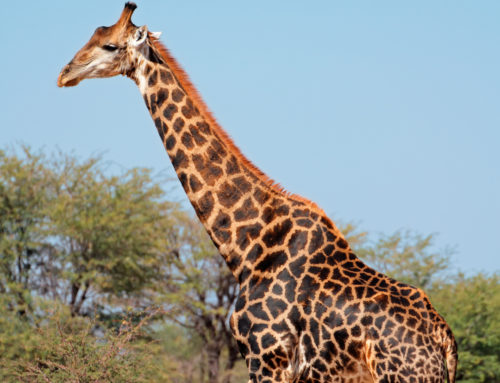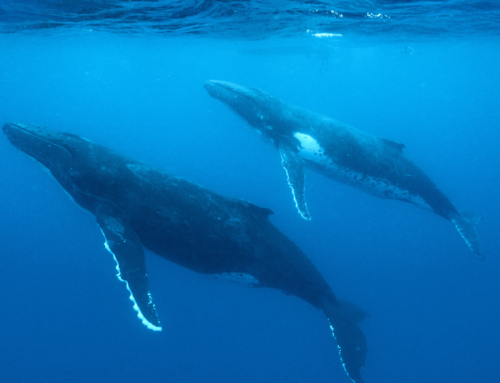Man can cause disturbance to wildlife through activities like deforestation, poaching, climate change etc. But, there is another way in which he can destroy the wildlife population of species i.e. introduction of non- native species. While introducing, he should be careful about how this animal can harm the ecosystem.
There are many cases in which he introduced many non-native species. Let me discuss two popular cases.
Dating back to 19th century, when the Australian outback(semi-desert plains) was filled with many native marsupials, man introduced non-native species like camels(Most are Arabian but some are Bactrian) which were previously domesticated and then turned wild. Now, these animals have grown in giant numbers that people are finding it impossible to control their numbers. They have already eaten in such a way which caused native plant species to become threatened. Nearby infrastructure is also destroyed by them. Also, they drink tons of water.
Other animals introduced in Australian wildlife habitats are cats, red foxes, rabbits, Indonesian water buffaloes, donkeys, horses, pigs which are now feral (wild). Both red foxes and feral cats also ruin by preying on smaller marsupials which are now threatened whereas rabbits like camels also eat so much plants that not only those plants are threatened but another vegetarian marsupial i.e. the wombat has to compete with them.
St Helena island was discovered by Portuguese in 1902. They brought the goats to provide vital provisions for the passing ships. As their population became gigantic, they feasted on plants of the island. The island had a unique flora of 49 species of plants and 6 of them were not to be found anywhere else in the world. Many plants entered into list of extinct flora like String wood, Burchell’s bellflower, St.Helena ebony etc.
How sad that these plants no longer exist. If they had, they could have had some value to us or for the ecosystem.








Get Social